“Every profession that attracts people for “reasons of the heart” is a profession in which people and the work they do suffer from losing heart. Like teachers, these people are asking, “How can we take heart again so that we can give heart to others?”—which is why they undertook their work in the first place.”~ Parker J. Palmer
Teachers are figuring out how to adapt their profession so that it encompasses both the art and science of teaching. Now more than ever, teachers are concerned with the social and emotional well being of their students. They realize that they can’t lose sight of their students’ uniqueness in social and cultural backgrounds, interests, and learning profiles. Understanding the uniqueness of each student is at the very heart of an outstanding teacher.
However, today’s education is primarily based on scientific teaching. Scientific teaching promotes the use of evidence-based practices and data-driven assessments. Many argue that this new scientific teaching movement that emphasizes evidence and accountability leads to teachers forgetting about the human and relational aspects of the educational process. This human connection is the essence of the art of teaching. Parker Palmer describes it by saying,
“In every class, I teach, my ability to connect with my students, and to connect them with the subject, depends less on the methods I use than on the degree to which I know and trust my selfhood—and am willing to make it available and vulnerable in the service of learning.”
The art of teaching and the science of teaching both have important points to consider. Just thinking about one without the other seems to be a mistake too many are making. When you think of an outstanding teacher, you recognize the artistry in the connections made with students. The science of teaching is visible in evidence-based practices to grow students’ knowledge.
With the merging of the art and science of teaching, teachers frequently ask, “How do I meet the learning needs of all of my students?” They realize that there are no magic programs with scripted procedures that will help everyone. Instead, they are rethinking how all children can access the curriculum. A powerful research concept has emerged that helps teachers with this rethinking: cognitive learning.
[convertkit form=1540990]
Learn more about it in our free webinar. Complete the form to sign up for a time.
Impact of Cognitive Learning in Classrooms
Cognitive learning focuses on how the learner takes in, interprets, stores, and retrieves information. It involves mental processes such as thinking, memory, problem-solving, and knowing. With information about students’ cognitive learning, teachers can rethink how to provide access to the curriculum for everyone in their classrooms.
Understanding that students learn differently comes as no surprise to teachers. They know by observation and discussion which students will struggle with certain concepts and which ones will get them the first time. They observe during every lesson:
- Which students have difficulty understanding the assignment?
- Which students have difficulty staying engaged?
- Which students have difficulty planning and organizing to complete a task?
Unfortunately, with the focus solely on the science of teaching, teachers have forgotten to trust the many things they notice every day. The art of teaching merged with the science of teaching is needed now more than ever.
When teachers observing exactly when and how students are struggling to access lessons, they can align those observations to evidence-based practices and apply them consistently. In the work of Hattie and Marzano, educational researchers, 8 evidence-based strategies discuss how teachers can support students in understanding the assignment, staying engaged and planning and organizing to complete tasks.
4 Types of Cognitive Learning Challenges
“If a child can’t learn the way we teach, maybe we should teach the way they learn.”~ Ignacio Estrada
Whether students are in the IEP process or the MTSS process, teams consider multiple data sources to understand how each student engages in the learning process.
To aid in that understanding, teams gather information from observations, records, interviews, assessments, and psycho-educational evaluations (for students in the IEP process). Through these multiple assessments, teams develop a comprehensive picture of the whole student with a detailed description of how each student engages in the learning process.
The cognitive learning process is on a continuum. Students vary in their abilities to remember, to understand, to process, and to reason. According to psychological evaluations such as the WISC V, cognitive challenges fall into 4 major categories.
1.Working Memory Challenges
These students have a difficult time remembering a series of information and verbal multi-step directions. Working memory challenges impact the ability to hold new information to successfully complete a task.
2. Verbal Comprehension Challenges
These students have weak background knowledge or schema lack confidence because they cannot make connections to things they already know about or have experienced. They have weak vocabularies and they don’t see the relevance of the topic.
3. Fluid Reasoning Challenges
These students lack confidence in their ability to figure out what to do and how to do it. They have difficulty setting a goal and problem solving to achieve it. They can be unorganized and have difficulty following directions.
4. Processing Speed Challenges
These students lack confidence in their ability to work quickly and efficiently and keep up with their peers. They remember the concepts, can make the connections, and know what to do…but they grow anxious because it takes them a little longer to think it through.
Rethinking
With the new knowledge about cognitive learning for students with disabilities and those in the MTSS process, teams can develop effective plans that truly empathize with the challenges to remove barriers. Rediscovering both the art and science of teaching begins with rethinking how every student can access the curriculum. The quality of a lesson shifts from focusing on what teachers are teaching to closely evaluating what students are learning and doing.






